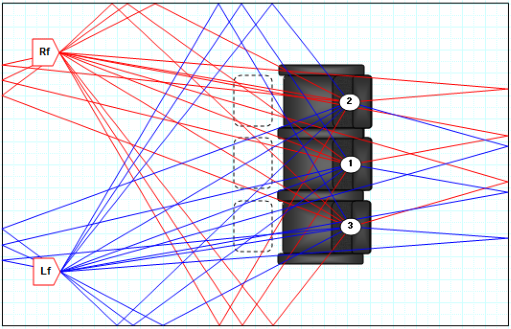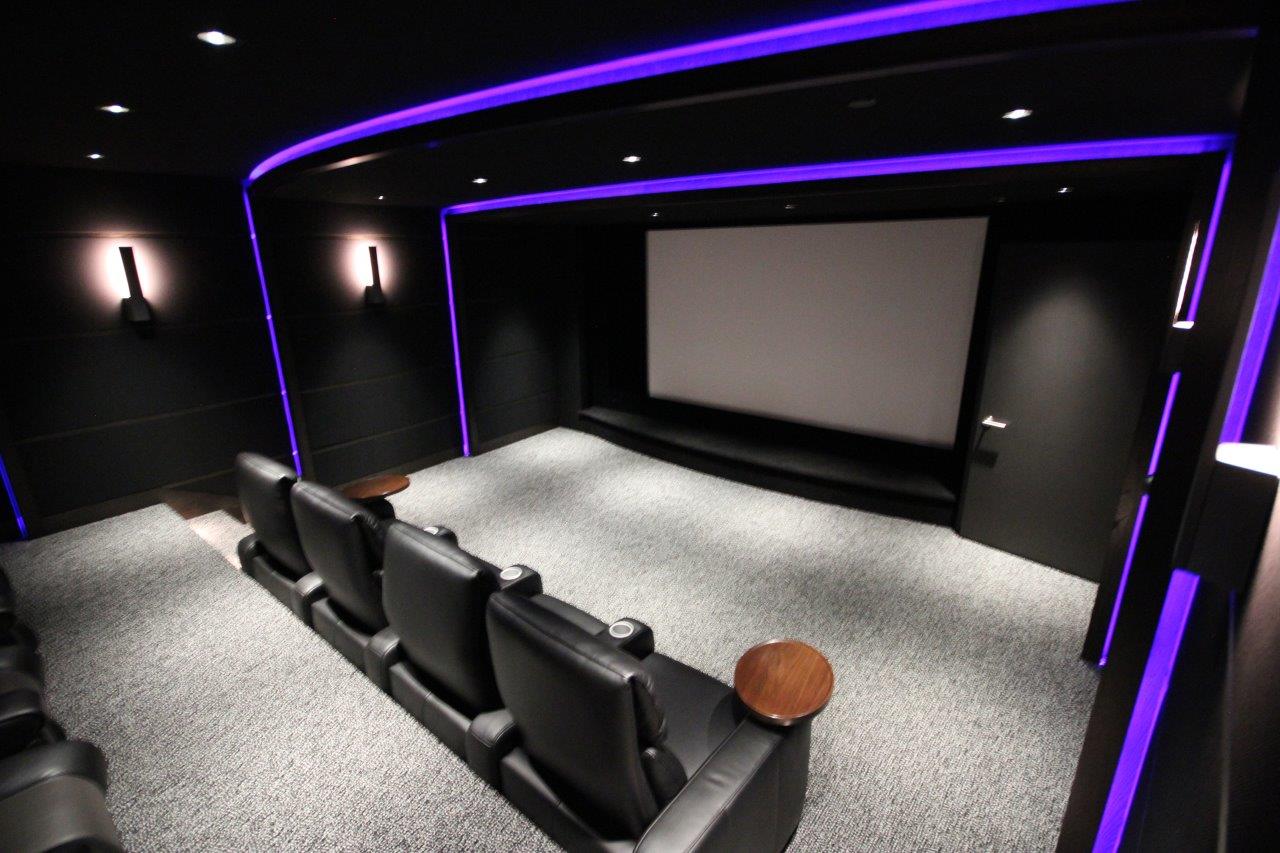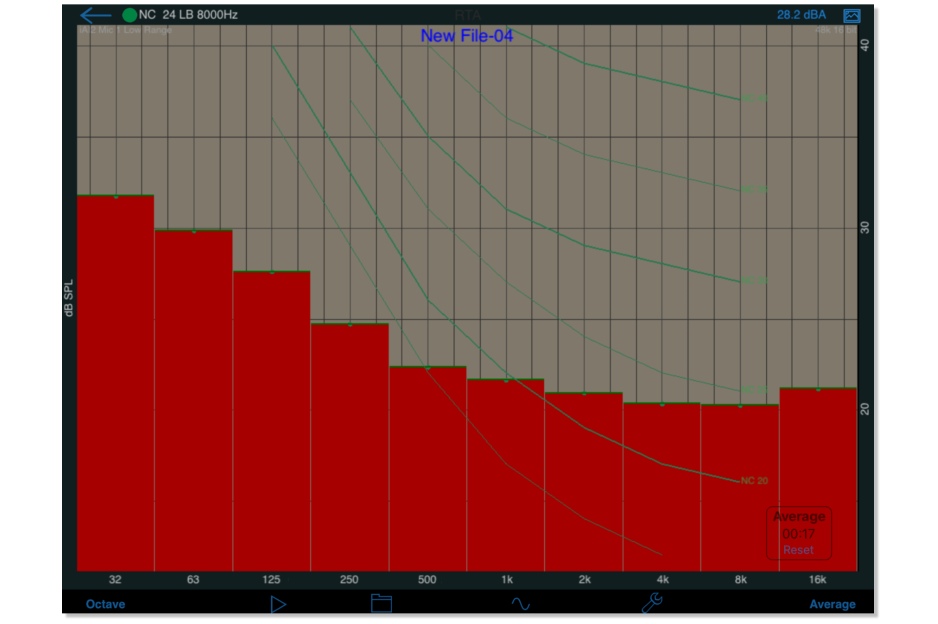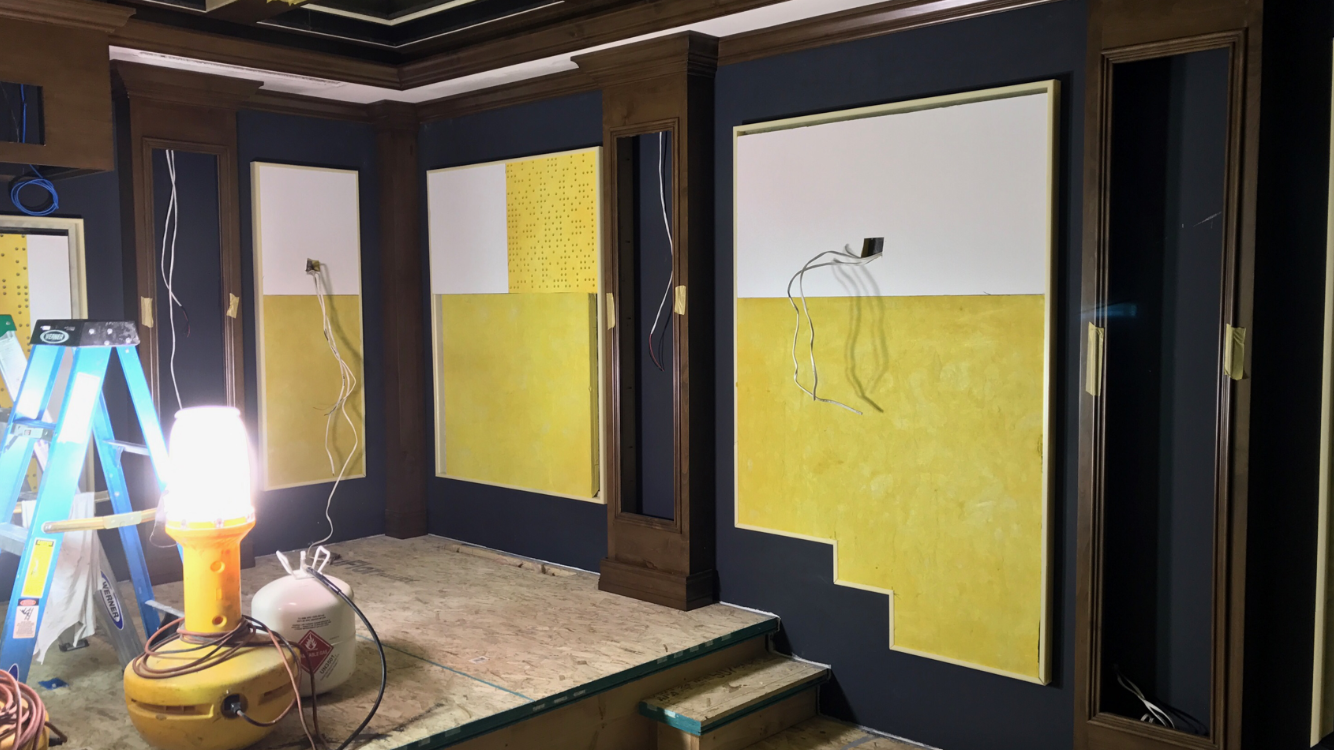The reality is, basic acoustics is like looking at the top of icebergs to plot a course for a submarine. There are lots of articles and forums that contain loads of advice, but so often the various experts tend to disagree with each other. I’d like to give a little basic advice here but please understand the key isn’t so much knowing what to do but rather calculating the right place/amount/type to do it for a given scenario.
First Reflections:
So isn’t that what acoustical treatment is for? Put an absorptive panel at the reflection or mirror points of the front speakers? It’s not necessarily the right choice for any given scenario. You’ll find that blocking some reflections sounds good increasing the focus and detail. You might also find that that glorious soundstage you love has left the room… literally. The best advice is to understand the nature of your speakers and the limitations of your layout. What I mean is that speakers have a character that includes their directivity (how wide they project quality sound) and their response at various angles. Some speakers actually sound better with more absorption, while for others, they work better with more reflected sound from the sides. Without speaker data, the best option for a DIYer is to experiment. Another problem I run into is that the room furnishings or layout precludes first reflections; they are blocked. That’s more obvious to the naked eye but it’s often more difficult to change. You might have move your speakers to make the reflections happen, but don’t forget the basics of proper speaker separation while you’re at it.
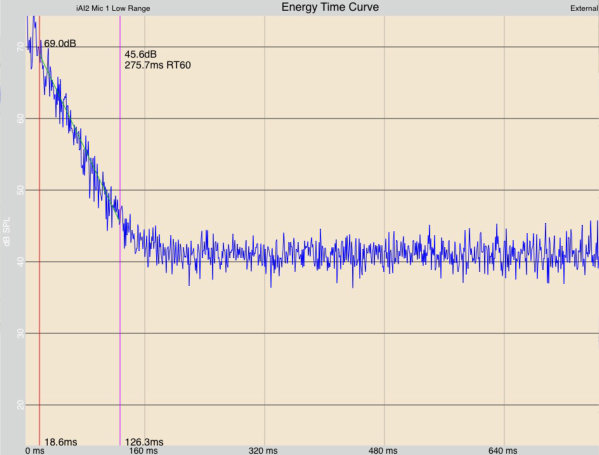
Room Reverberation Time:
The easiest way to detect this problem is with a simple clap of the hands. A good small listening room should have a discernible but decidedly short reverb. If the room is large for a residential space, you might discover there is too much reverberation. This is not uncommon in rooms that are dedicated to listening. They contain few furnishings and have a nice big screen up front to keeps things lively. In most small rooms, excessive reverb is not a problem. Usually, the simple treatments installed to control side reflections will keep the room under control. In larger rooms however, its often necessary to augment the side treatment with some additional. A good place for this is behind the front speakers to take the edge off of the excessive reverberation. The most important thing is to not over damp the room. Remember you are looking for that discernible reverb when you clap. A bad result is no reverb.

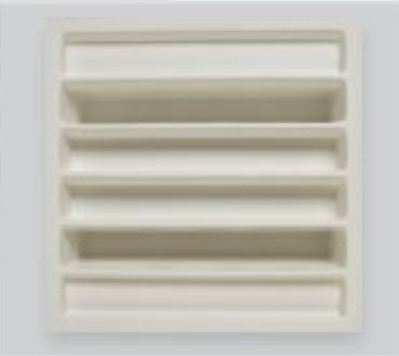
Diffusion:
The basics of sound system design dictate that a room with a diffusive sound field is most desirable. By definition, a small room is not a diffusive room, so it needs a little help. Diffusers are usually placed in the back half of the room around the surround speakers. This increases the apparent diffusiveness of the space but also helps the side and rear speakers from becoming too obvious. The surround speakers should be heard but never noticed.
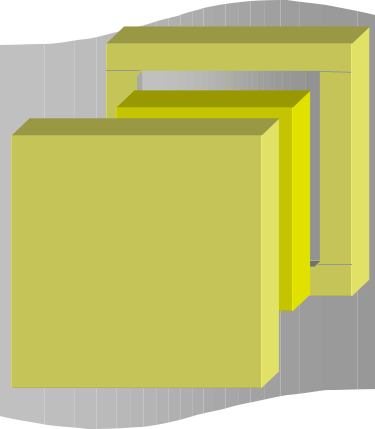

Bass Traps:
Bass traps can be a valuable part of your design. They do require special consideration though because they tend to be obvious. It’s difficult to include a truly effective bass trap in a design without drawing attention. Many folks think that bass traps are for controlling sub-woofers. The truth is that it takes an impressively large trap to affect the very low frequencies subs put out. The best course of action is to utilize proper sub-woofer and listener placement combined with electronic equalization. This yields a high performance result without filling the room up with even more treatments that will likely over damp the room.

